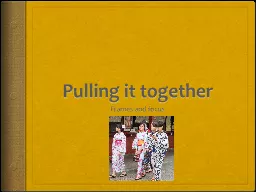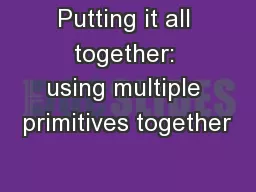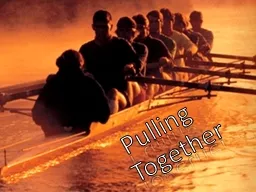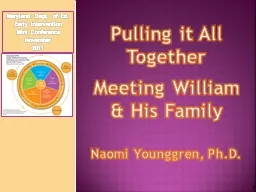PPT-Pulling it together
Author : marina-yarberry | Published Date : 2019-11-27
Pulling it together Frames and focus Facing the word pile Most writers admit the hardest part of getting up an article is the beginning We are faced with that jumble
Presentation Embed Code
Download Presentation
Download Presentation The PPT/PDF document "Pulling it together" is the property of its rightful owner. Permission is granted to download and print the materials on this website for personal, non-commercial use only, and to display it on your personal computer provided you do not modify the materials and that you retain all copyright notices contained in the materials. By downloading content from our website, you accept the terms of this agreement.
Pulling it together: Transcript
Download Rules Of Document
"Pulling it together"The content belongs to its owner. You may download and print it for personal use, without modification, and keep all copyright notices. By downloading, you agree to these terms.
Related Documents














